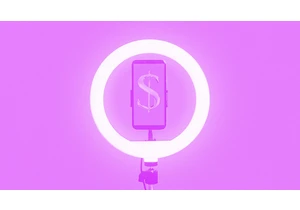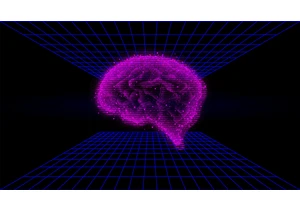ChatGPT-maker OpenAI is looking to fuse its artificial intelligence systems into the bodies of humanoid robots as part of a new deal with robotics startup Figure.
Sunnyvale, California-based Figure announced the partnership Thursday along with $675 million in venture capital funding from a group that includes Amazon founder Jeff Bezos as well as Microsoft, chipmaker Nvidia and the startup-funding divisions of Intel and OpenAI.
Figure is less than two years old and doesn’t have a commercial product but is persuading influential tech industry backers to support its vision of shipping billions of humanlike robots to the world’s workplaces and homes.
“If we can just get humanoids to do work that humans are not wanting to do because there’s a shortfall of humans, we can sell millions of humanoids, billions maybe,” Figure CEO Brett Adcock told the Associated Press last year.
For OpenAI, which dabbled in robotics research before pivoting to a focus on the AI large language models that power ChatGPT, the partnership will “open up new possibilities for how robots can help in everyday life,” said Peter Welinder, the San Francisco company’s vice president of product and partnerships, in a written statement.
Financial terms of the deal between Figure and OpenAI weren’t disclosed. The collaboration will have OpenAI building specialized AI models for Figure’s humanoid robots, likely based on OpenAI’s existing technology, such as GPT language models, the image-generator DALL-E, and the new video-generator Sora.
That will help “accelerate Figure’s commercial timeline” by enabling its robots to “process and reason from language,” according to Figure’s announcement. The company announced in January an agreement with BMW to put its robots to work at a car plant in Spartanburg, South Carolina, but hadn’t yet determined exactly how or when they would be used.
Robotics experts differ on the usefulness of robots shaped in human form. Most robots employed in factory and warehouse tasks might have some animallike features—a robotic arm, finger-like grippers, or even legs—but aren’t truly humanoid. That’s in part because it’s taken decades for robotics engineers to develop robots that can walk effectively on two legs or reliably manipulate small objects.
Whitney Rockley, cofounder and managing partner of Toronto-based venture capital firm McRock Capital, said she understands the appeal of humanoids because they’re relatable, evoking emotions and starting conversations. In practice, however, she said they’re still awkward and pose huge technical challenges, which is why she’s sticking to investing in non-humanoid robots.
“We look at robotics and automation really practically and say, ‘What kind of timeline are we willing to commit to in order to really see commercial liftoff and deployments and applications?'” Rockley said. “And I think that the groups that are backing a lot of humanoid solutions right now, they’re in there for the long haul, which is great because you need that, but it’s going to take decades upon decades.”
OpenAI CEO Sam Altman hinted at a renewed interest in robotics in a podcast hosted by Microsoft cofounder Bill Gates and released early this year in which Altman said the company was starting to invest in promising robotics hardware platforms after having earlier abandoned its own research.
“We started robots too early and so we had to put that project on hold,” Altman told Gates, noting that “we were dealing with bad simulators and breaking tendons” that were distracting from the company’s other work.
“We realized more and more over time that what we really first needed was intelligence and cognition and then we could figure out how we could adapt it to physicality,” he said.
— Matt O’Brien, Associated Press technology writer
The AP has signed a deal with OpenAI for it to access its news archive.
Войдите, чтобы добавить комментарий
Другие сообщения в этой группе



Yahoo’s bet on creator-led content appears to be paying off. Yahoo Creators, the media company’s publishing platform for creators, had its most lucrative month yet in June.
Launched in M

From being the face of memestock mania to going viral for inadvertently stapling the screens of brand-new video game consoles, GameStop is no stranger to infamy.
Last month, during the m

The technology industry has always adored its improbably audacious goals and their associated buzzwords. Meta CEO Mark Zuckerberg is among the most enamored. After all, the name “Meta” is the resi

Even as AI becomes a common workplace tool, its use in

Finding a job is hard right now. To cope, Gen Zers are documenting the reality of unemployment in 2025.
“You look sadder,” one TikTok po
